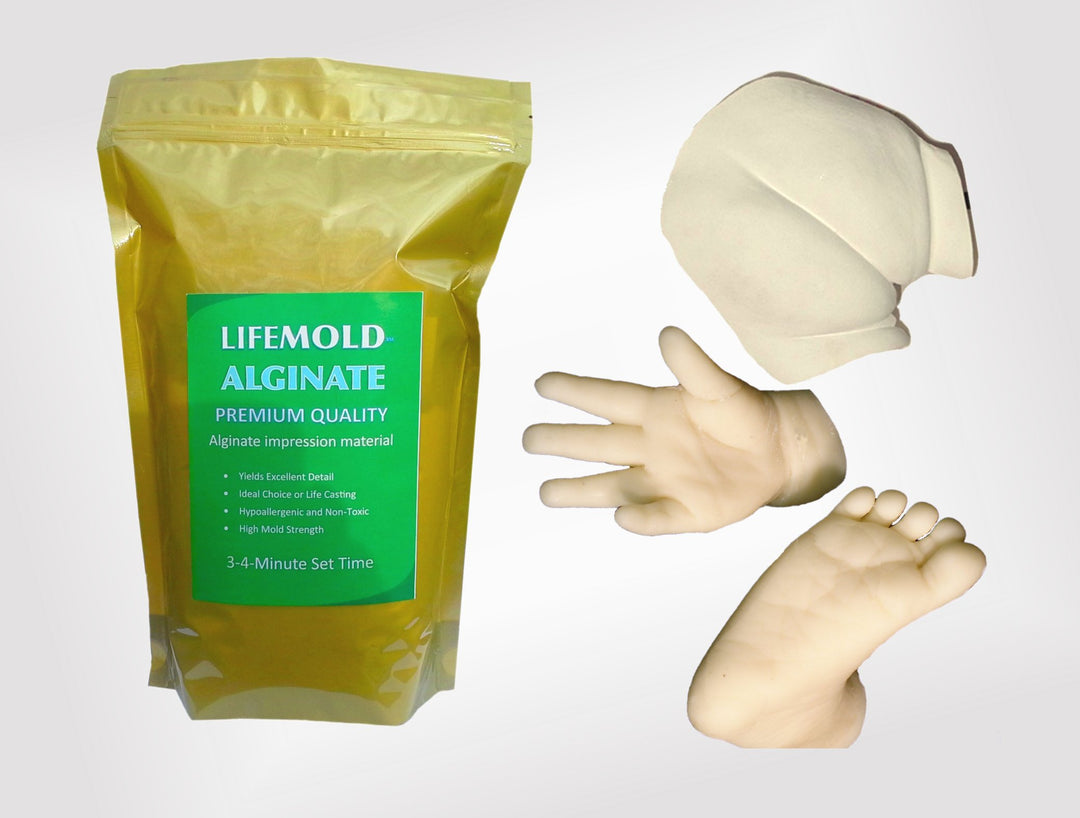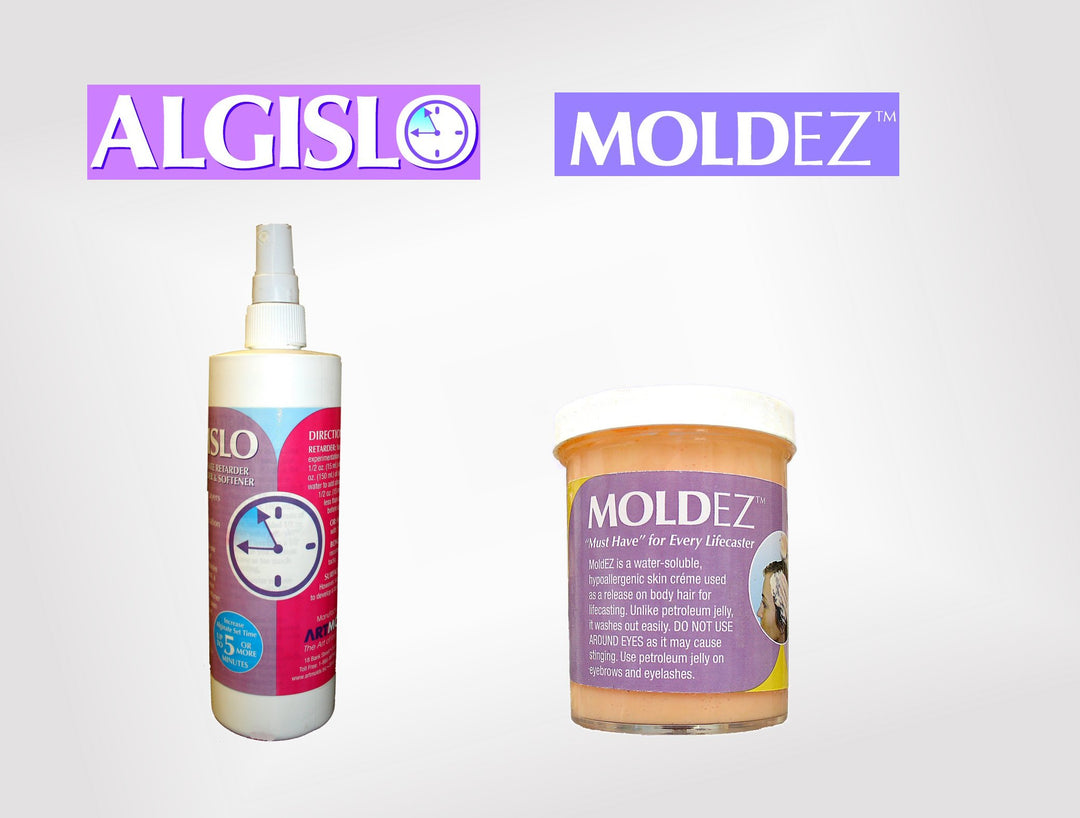Latex Mold for Cement Casting | Page 5 - ArtMolds
 Figure 29 |
Plaster is applied by hand rather than poured in so that the entire surface of the mold can be carefully covered into every nook and cranny. After the face coat is completed, the mold box can then be filled by pouring the plaster to the top of the box – about 4-5 inches thick.
|
|
 Figure 30 |
When one side of the box is is filled with plaster, it is set aside to set for about three hours. The mold is then turned over and the opposite side is coated with petroleum jelly just as the first side was done. The box is filled with plaster and allowed to set up for three hours. Then the mold box is removed to reveal the finished shell mold. |
|
 Figure 31 |
The shell mold is opened using a prying action with a tool such as a chisel or wide bladed modeling tool. |
|
 Figure 32 |
Because of the petroleum jelly release agent, the shell mold easily comes apart to reveal the inner latex mold. |
|
 Figure 33 |
After the shell mold is opened, the latex mold is removed from the shell and the two halves of the shell are carefully set aside.
|
|
 Figure 34 |
A sharp Exacto knife is used to slice open the edges of the latex rubber mold so that it can also be separated into two halves.
|
|
|
Figure 35 |
When the rubber mold is opened the model is removed and the mold is examined for any flaws and cleaned up in preparation for casting in cement.
Click the NEXT arrow to continue |
|






